This tiny North-Eastern state, wedged in between Bhutan, Tibet and Nepal, is ensconced in the folds of the majestic Himalayan range. Its size (7096 square kms) belies its varied diversity, whether it is to do with its climate, its flora and fauna or its colourful mix of people. It is one of the three bio-diversity hotspots of the country and one of the twenty six such privileged spots in the world. It is also a veritable treasure house of some of the world’s most beautiful flowers, birds, mammals, streams, lakes, peaks and waterfalls.
Not surprisingly, therefore, Sikkim has been attracting the visitors and tourists from all over the world. Guru Padmasambhava, the erstwhile Prince and a Tantric scholar of the ancient and distinguished Nalanda University of Bihar, is reported to have visited this Shangrila in the 8th century. He meditated in four of Sikkim’s caves, each located in it’s four corners. Having accomplished that, he delivered his sermons at Tashiding, the holiest monastery of Sikkim,
Sikkim was first inhabited by the Lepchas of the Rong Migyit race. In the 15th Century they interacted with the Bhutia tribe of the Kham area of Tibet. After some deliberations between the Lepchas and the Bhutias, a Blood Brotherhood Treaty was signed at Kabi-Longchok in 1641 in North Sikkim. It paved the way for the establishment of the one and only Namgyal Dynasty of Sikkim by the Bhutias during the period1642 to 1975.
Much water has flown down the Teesta, Rangeet, Rathongchu and Ranikhola rivers since Sikkim joined the mainstream of India in May 1975. From less than 50,000 tourists in 1993-94, impressive figures of 3.60 lakh tourists were recorded by March 2007.
Keeping in view the immense potential and prospects for the tourism sector in Sikkim and realizing its growing contribution to the state economy, a Tourist Comment Book was introduced in early 2005. This is regularly filled-in by the tourists who pen positive comments on the performance of the Department and the stakeholders, thus giving useful feedback for fine tuning and improvement. In addition, the Secretary and senior officers have an interface with the tourists in the Information Centres, Wayside Amenities, tourist hubs and the head office from time to time, to get first-hand opinions and complaints, if any. The Secretary, also occasionally holds a tourist “darbar”, A feedback from is regularly circulated to tourists, explaining certain do’s and dont’s, as well as maintaining safe distance from certain strategic locations and respecting the ecological vulnerability of the state. An attempt has been made recently to record and document the impressions of a select group of tourists.
Pratim Chowdhury of Kolkata, who came to Sikkim with his better half and two off springs, has visited the State about thirty times and would like to come again. He organized a Motor Rally in 1994 from Kolkata to Gangtok, visited almost all places, including Tsomgo Lake, and thoroughly enjoyed the Yak ride. The Chowdhuries found Gangtok soothing and comfortable. However,in their opinion, the conversion of Siniolchu Lodge into a Circuit House should not have happened.
M K Banerjee, who made a trip to Sikkim with P K Chakravarti and his family from Pune via Kolkata, met this author en route. He received help in getting discounted accommodation and transport, both at Darjeeling and Gangtok. This was his maiden visit to Sikkim. He has travelled all over the world but found Sikkim ,extra special. Among the places visited, they enjoyed Tsomgo, Tashi View Point and Hanuman Tok.
Dr.M P Gandhi,Physician of Sikkim House, New Delhi, visited Sikkim recently for the first time. He loved Tashi View Point for its sunrise and Nathula for its snowfall. He also relished Sikkimese food and relished his visit to Pastanga Village in the East Sikkim. Dr.S N Pande, Coronary Yoga Expert, Ministry of Health(AYUSH), came to conduct a Yoga Camp.He received such an overwhelming response from the people, patients, public servants and the tourists that he has already planned another such camp, along with his family.
Mrs. Vanitha Reddy, wife of Sridhar Reddy from Tarnaka, Hyderabad, visited Sikkim between 17 to 21 April for the first time, along with her husband and daughter. They visited the Valley of Flowers at Yumthang,Tsomgo Sherathang. Nathula Harbhajan Mandir Circuit in East Sikkim and also did some sightseeing in and around Gangtok. She was overwhelmed by the snowfall, rugged mountains and the clean, unpolluted air.
Mrs. Indira Ramakrishna, wife of G Ramakrishna of Koppikar Road, Hubli, Karanataka, has also visited Sikkim for the first time. She believes in bonding with the people. Between Yumthang and Tsomgo- Nathula, she enjoyed Yumthang. She found all the places absolutely neat and clean. What amazed her the most was the sudden and rapid change of weather after every few kilometres. According to her, the roads were very good, all facilities, including medical, were available and the Army and drivers were very helpful. This was her first interview, and that too, conducted by the Commissioner, Tourism, she added with a glowing face.
C Rajeswari, wife of Pawan Kumar of Uttar Para, Kolkata, originally from Andhra, also a first timer, had heard of Sikkim from her husband’s colleagues. She especially liked the footpath with the sturdy railing in Gangtok, the well regulated traffic and the friendly and helpful people, including the staff of the hotel in the Development Area. She also liked the momos and thukpa. She, in addition, was amazed by the unusual and enchanting pine-covered mountains of the Yumthang Valley.
Sridhar Reddy, G Ramakrishna and Pawan Kumar too enjoyed Sikkim in their own way. Rohan Agarwal, aged thirteen, in the same way, comes to Sikkim every year during the Summer and thoroughly enjoys the cool and pleasant climate.
Dr.Manish Sharma, though a native of Kolkata, was bestowed with an opportunity to visit Sikkim for the first time along with Smita, his wife, and one-year old son Kusagra. Meeting them at Nathula, Tsomgo Lake and subsequently at some popular spots at Gangtok, provided me with a good deal of positive insight about the state. They seemed to have liked every day of their six day stay, more so, the hospitality they received at Hotel Mount Jopuno, Gangtok.
Saikat Kundu, Usha Rani Guleria, B B Upadhyaya and forty others of St John’s Ambulance of Silliguri and New Delhi visited various exotic places in East and West Sikkim, including Nathula and Tsomgo Lake. They appeared calm ,rejuvenated and relaxed when they were contacted during their Yak Ride and Lunch-break opposite Tsomgo Lake. They would like to repeat their unforgettable experience of this small, beautiful and charming state.
To sum up, in the words of Nikhil Suratwala of Jalgaon, (Maharashtra).“Sikkim was the best tourist destination for the honeymooners”. When he was expressing so, his petite and beautiful wife, Mamta, nodded with a big smile. Giving them company in the serene surroundings of the Alpine Cafetaria at Tsomgo Lake, were their relatives – Sanjay and Anju Vijay and Rajesh and Dhwani Mehta, along with their charming little children. It would be interesting to note that Sanjay and Rajesh had returned to Sikkim after many years, not only to celebrate their eighth marriage anniversary, (which they did photographically and romantically), but also to give ‘useful’ tips on marriage to their freshly married relatives – Nikhil and Mamta.
So the honeymooners and nature lovers alike, pack up your bags, book your tickets and simply rush to Sikkim, the Destination of the Millennium.
Saturday, July 18, 2009
Subscribe to:
Post Comments (Atom)


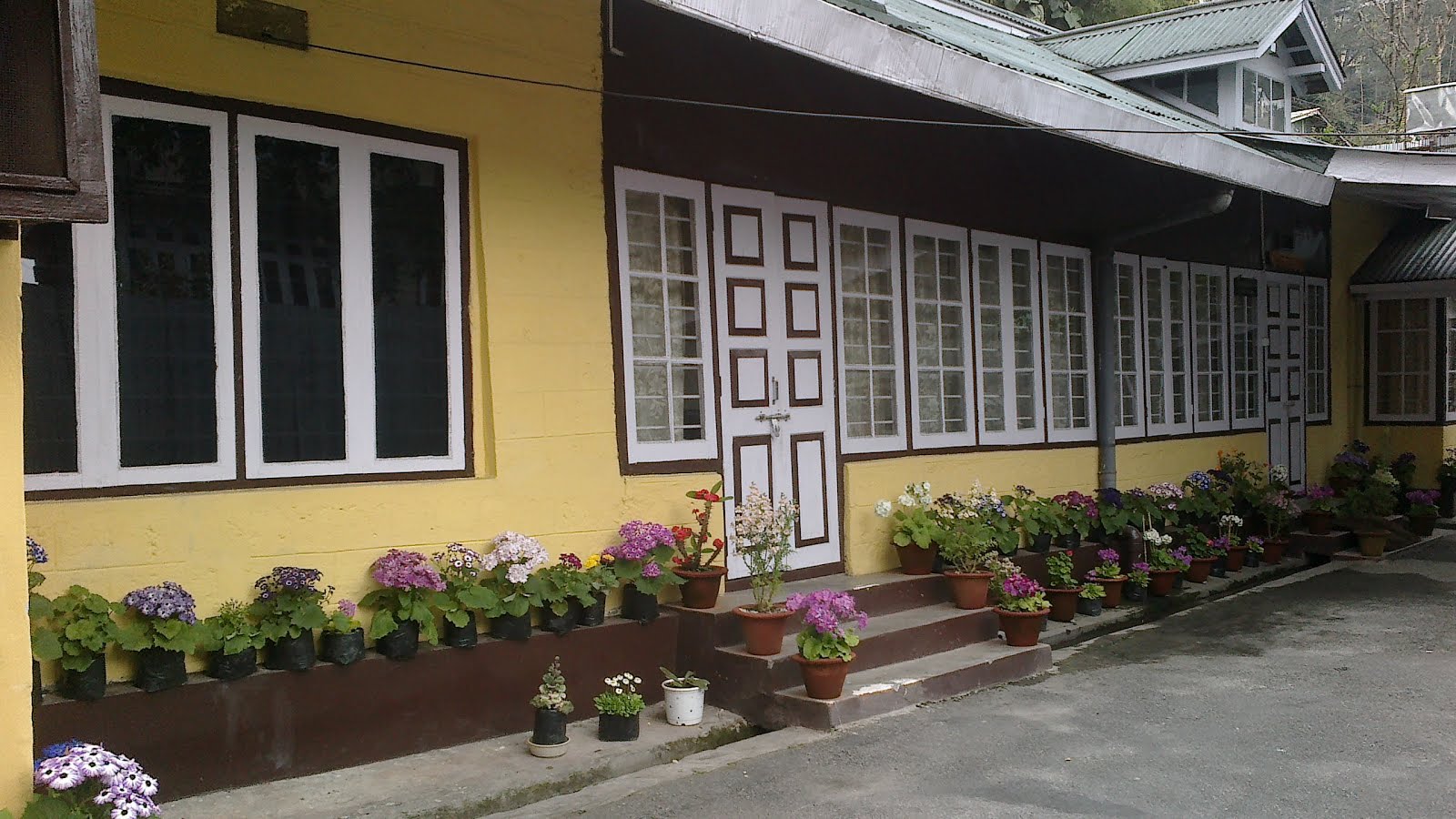







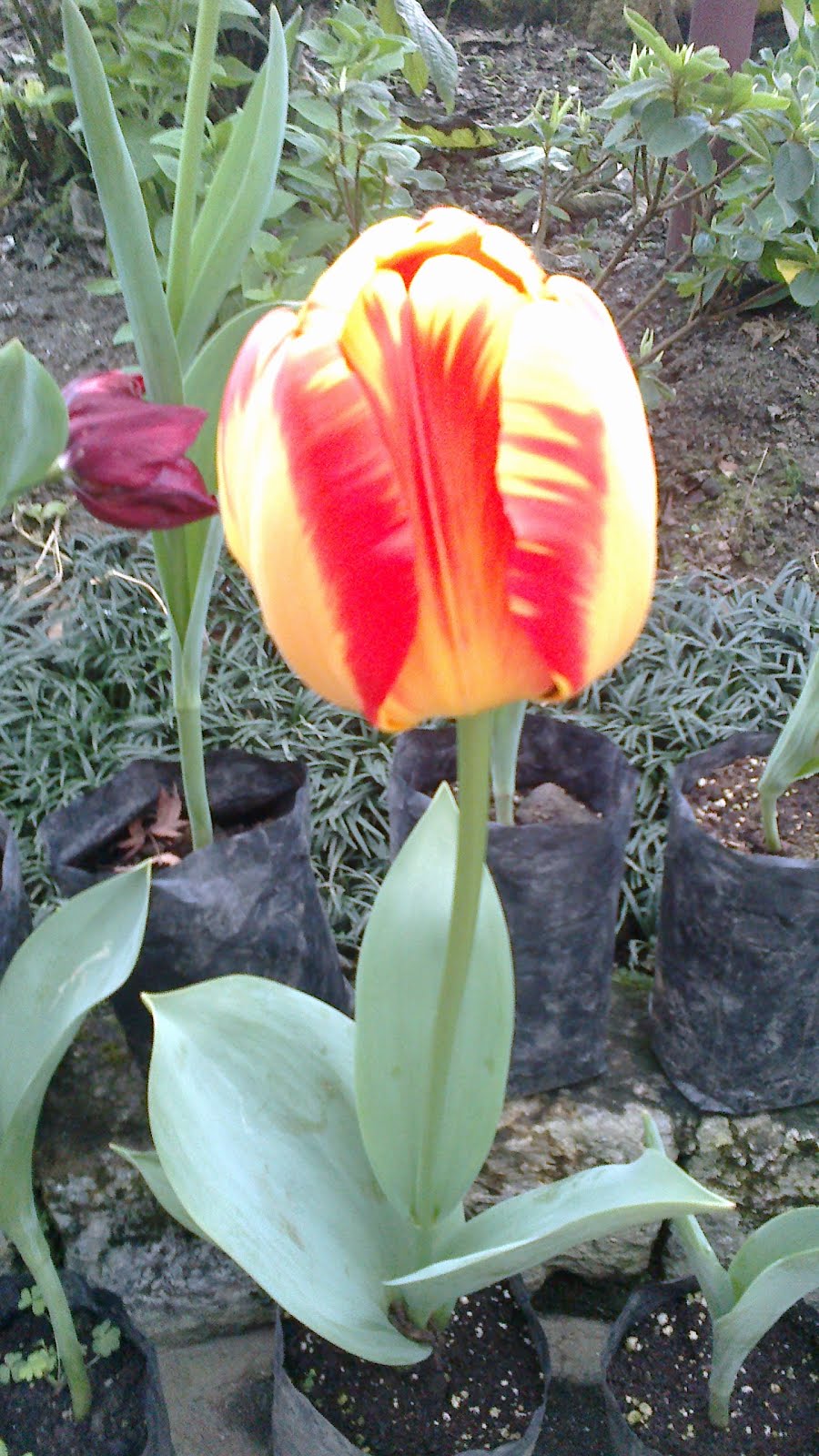
















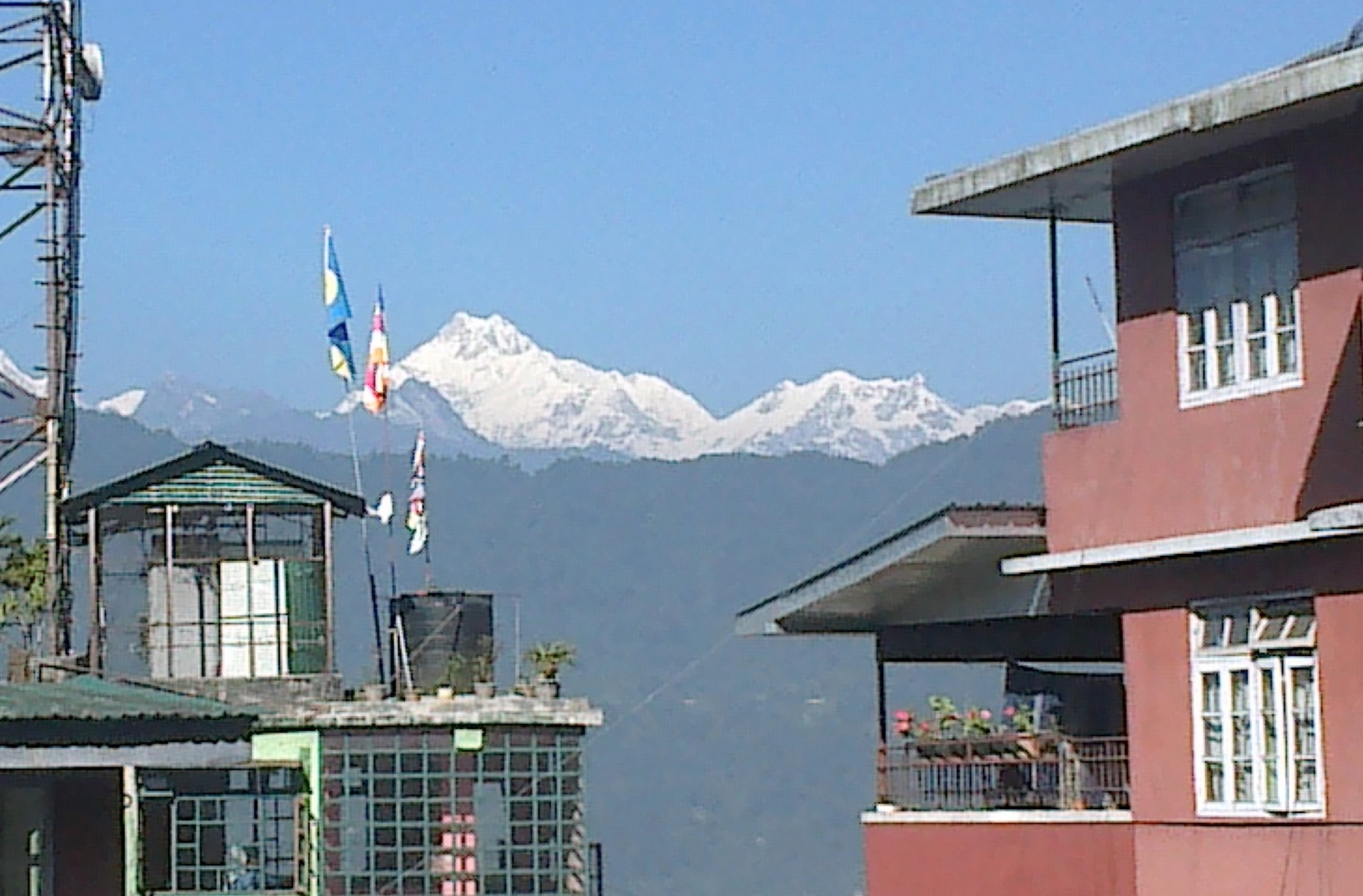


























































































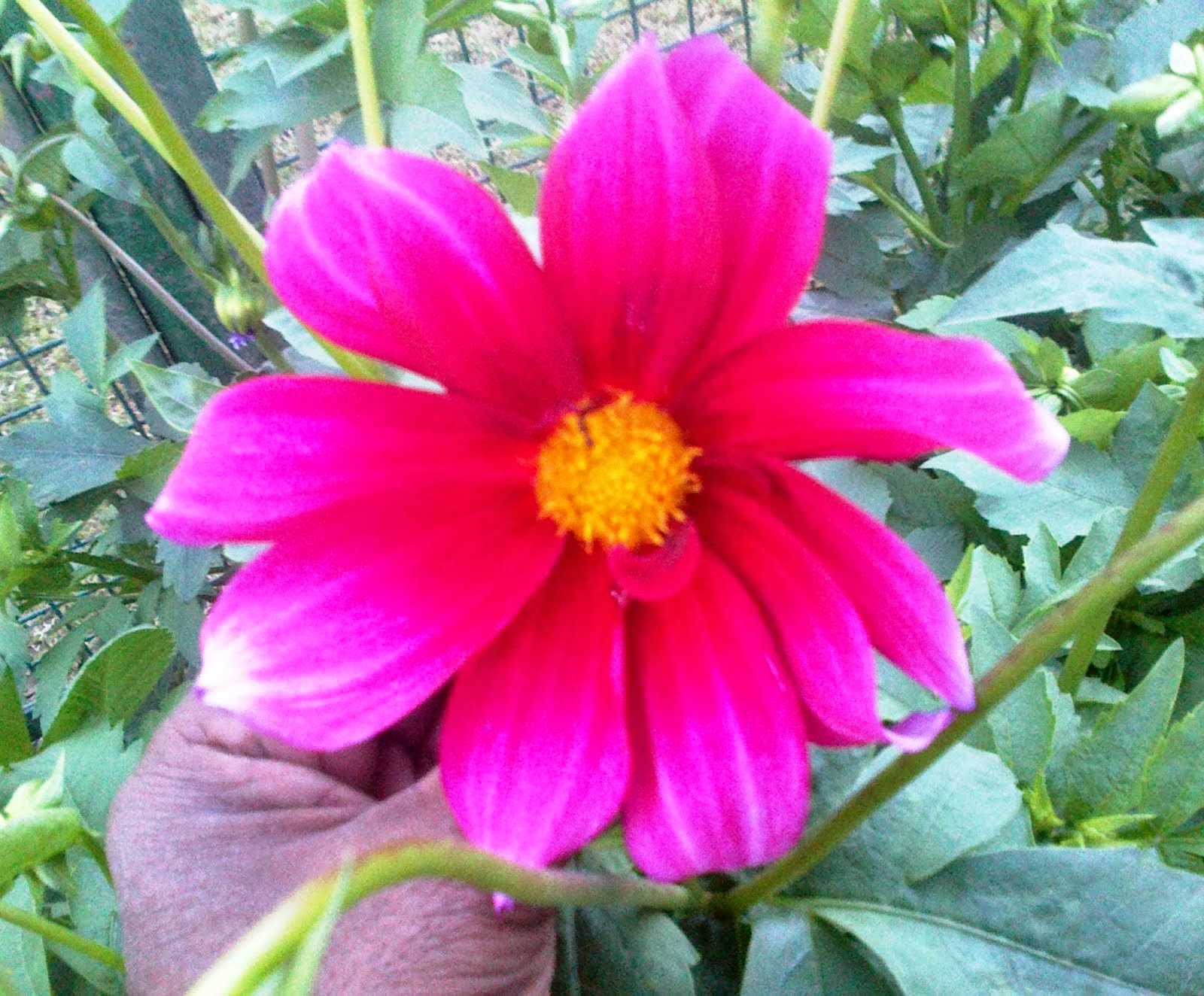



















































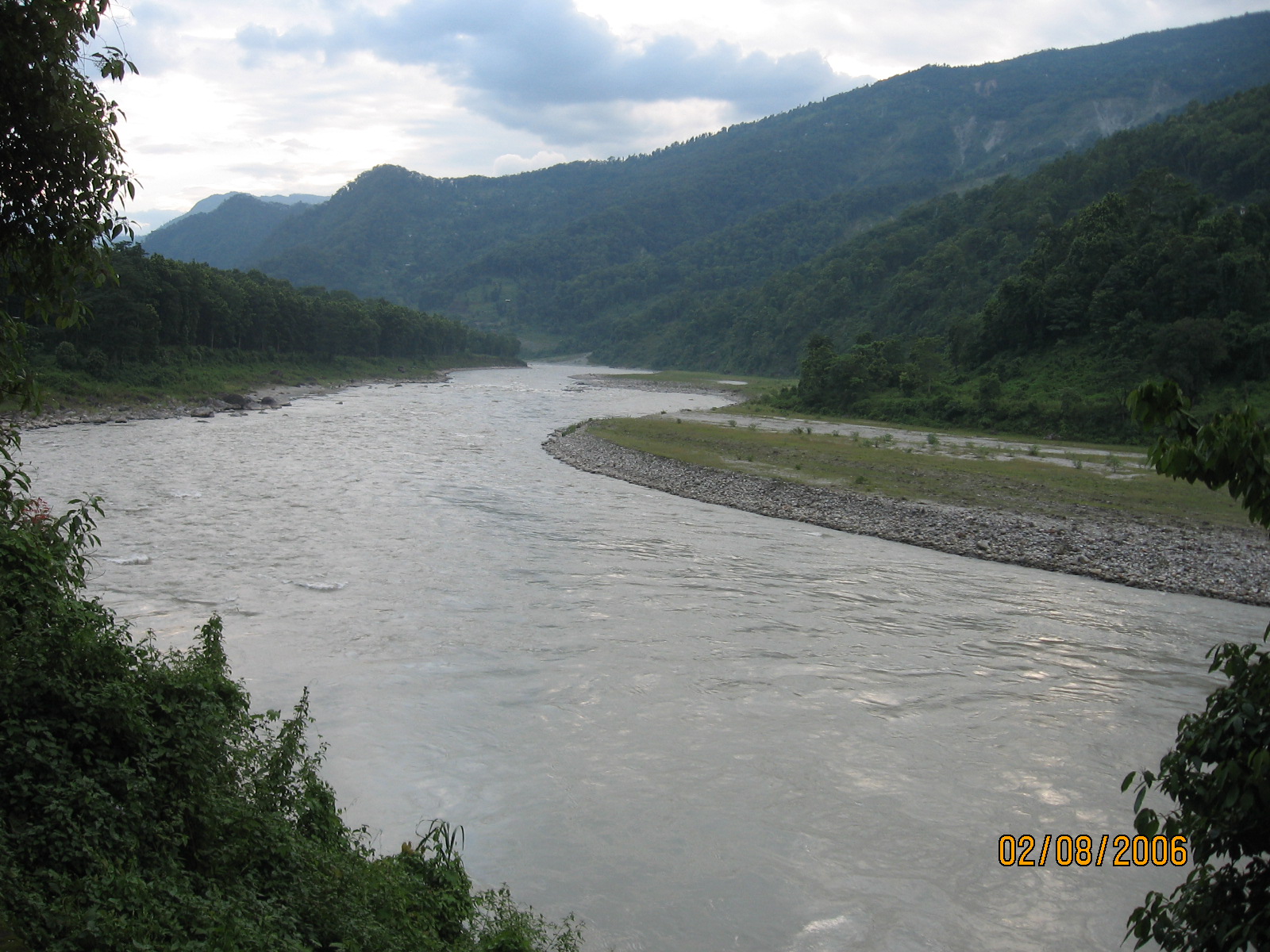

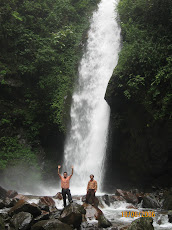
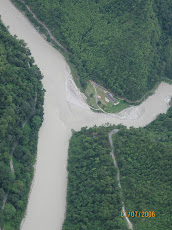
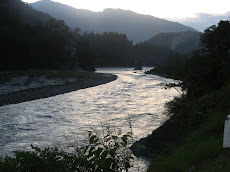
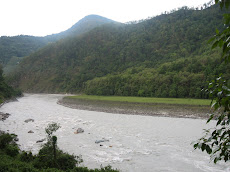
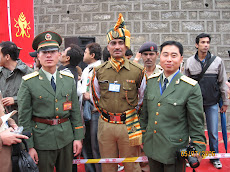
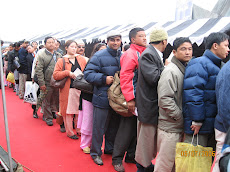
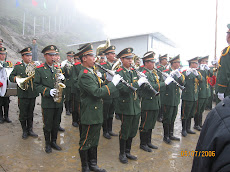


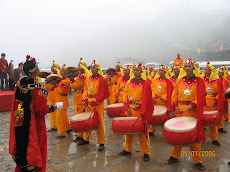
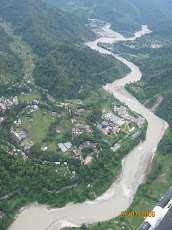




















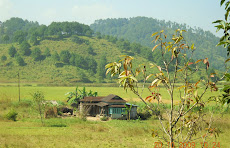
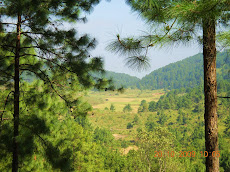








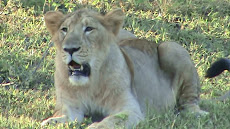.jpg)







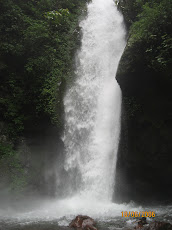
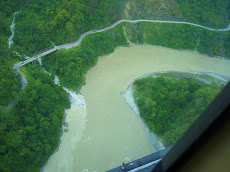


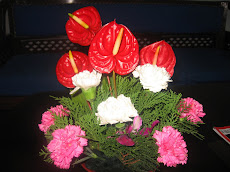





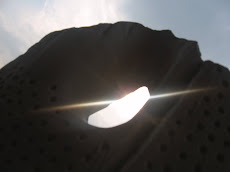
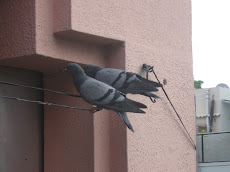
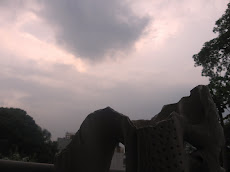
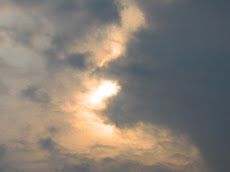
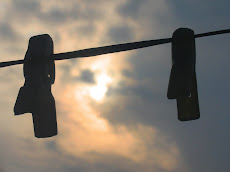
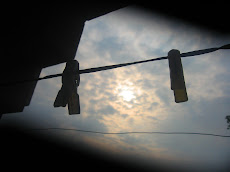

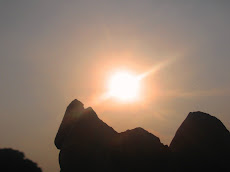
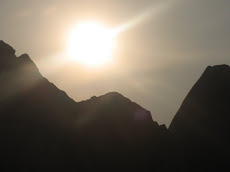
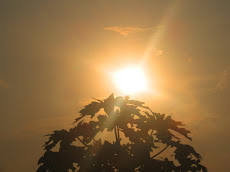


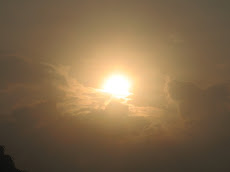

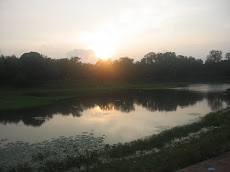
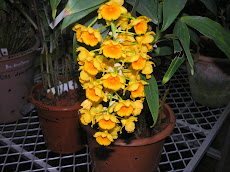
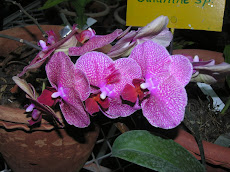

























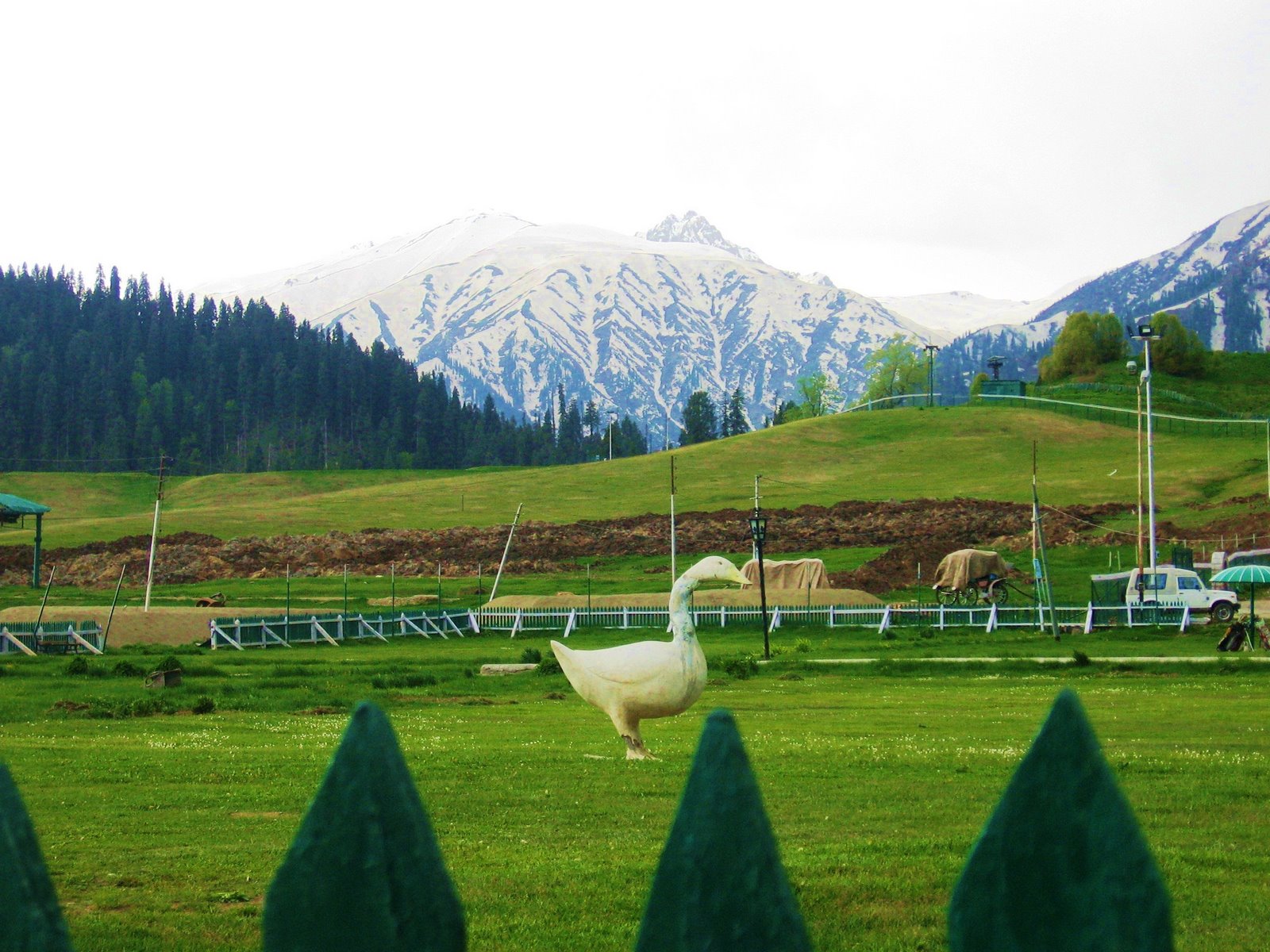
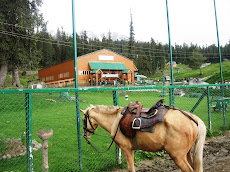
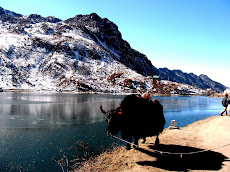






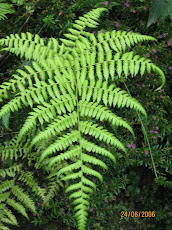

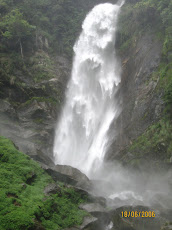



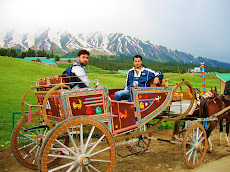






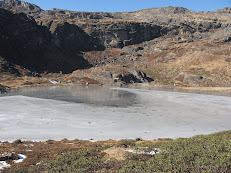

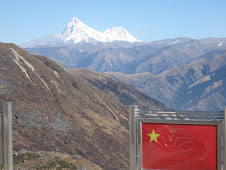



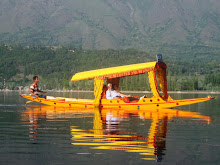
No comments:
Post a Comment